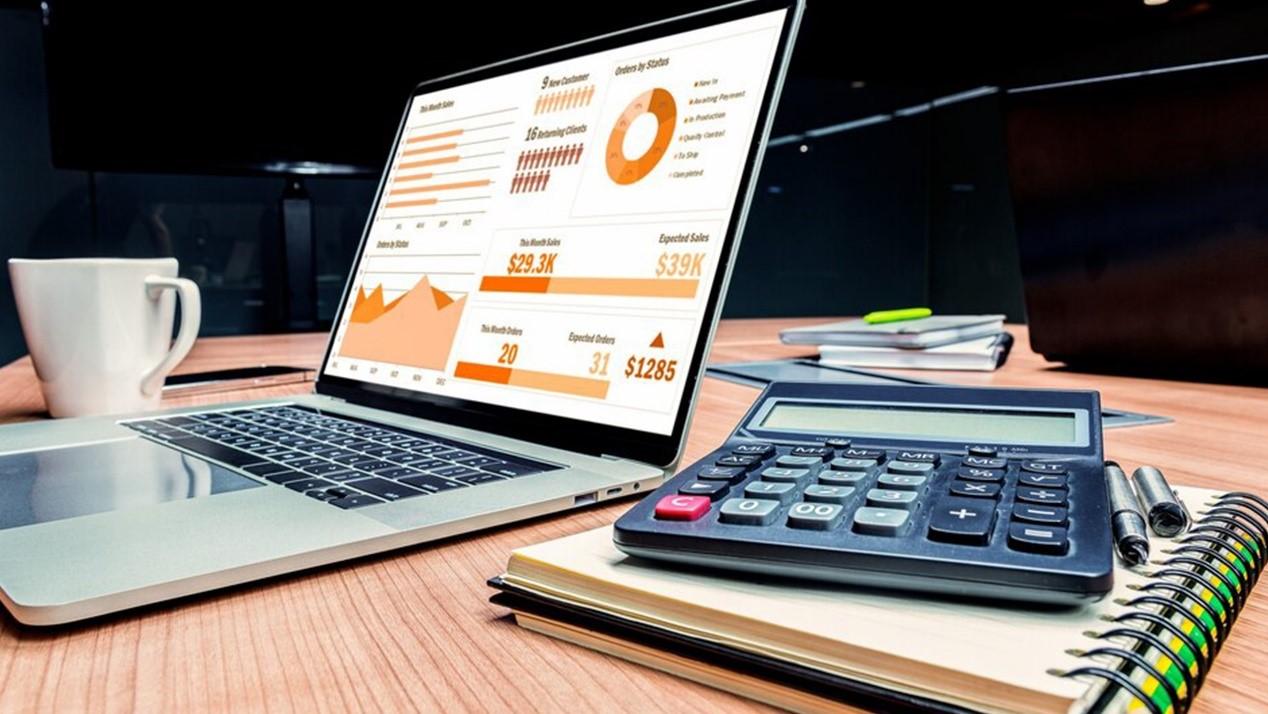
The Digital Doctor is In: AI and Telemedicine Redefine Healthcare
The healthcare industry is undergoing a seismic shift fueled by artificial intelligence (AI) and telemedicine.

A typical architecture of Business Intelligence has the dashboards and, the agenda is reporting. Dashboards are software-driven that are programmed to collect the data and draw it into graphs and charts. The software driving the BI in case of a shipping company is capable of analyzing the data that gives a better understanding of the trends, a clear insight on streamlining the tasks so that business runs smoothly. Supply chain always targets at time management, BI here must be capable of analyzing the process and variables that cause the delay. BI also gives a clear picture of which particular product experiences the maximum and recurring delay in case where the supply chain deals with multiple brands and products, further adding to the analysis
BI is also used to check the attendance rate and the student performance and these portals are actively used in many of the Educational Institutions. For finance and the regulatory reports where the data is predictable and, accuracy is the must, organizations prefer Classic BI. Those organizations that need a quick panorama of the changing dynamics in the business modern BI tools are better suited, the speed is much important than the accuracy. Self Service BI ceases the need for IT and enables the organizational set up to make the reports readily available to the mangers in the necessary format. This BI doesn’t require any technical support to generate the reports. Business Intelligence dashboards that have pull-down menus transform the data in the readymade format. This might have a major limitation concerning data security and extra expense if the control is not centralized.
In the market numerous portals offer BI support – some portals integrate with a range of data and also enable data visualization, provide enterprise-grade business intelligence, cloud-based BI sharing a data backend that is common, and much more. Along with BI, there must be a BI staff to analyze all the reports generated and have the plan of action implemented to avoid the recurrence of the issues. BI staff must also check for the consistency of the data generated, also review the data fed into the system.
BI and analytics are going to be the long run partners in the future. The data received from the BI will be from the current functioning of the organization or the previous year’s functioning, whereas the business analytics will place a futuristic picture and planning. The combination of such reports makes strategizing the business easier.

The healthcare industry is undergoing a seismic shift fueled by artificial intelligence (AI) and telemedicine.

The healthcare and pharmaceutical sectors are navigating a transformative period, with technological advancements reshaping patient care, operational efficiencies, and strategic growth.

In the world of business, financial wizards wave their wands to conjure profits and success. But behind every great money magician …

Insurtech is not just making waves in the insurance industry—it’s rewriting the rulebook. As technology-driven startups disrupt …